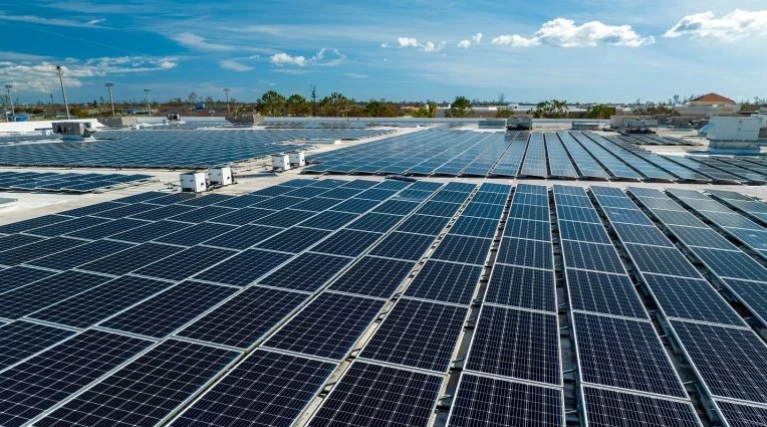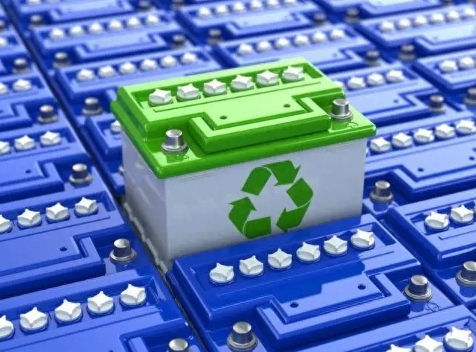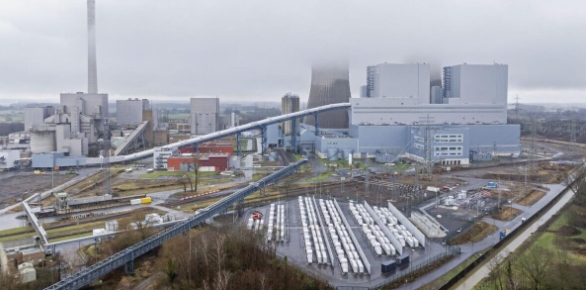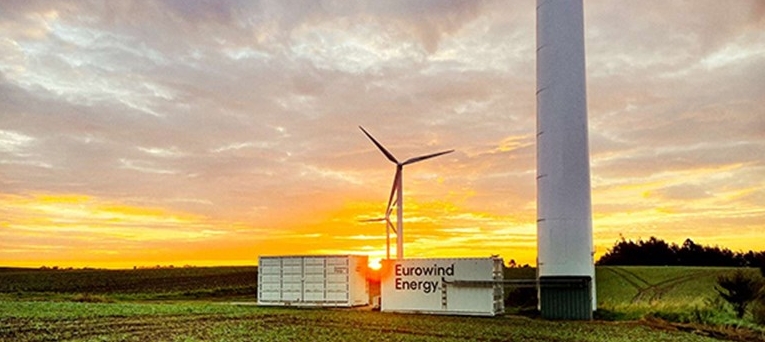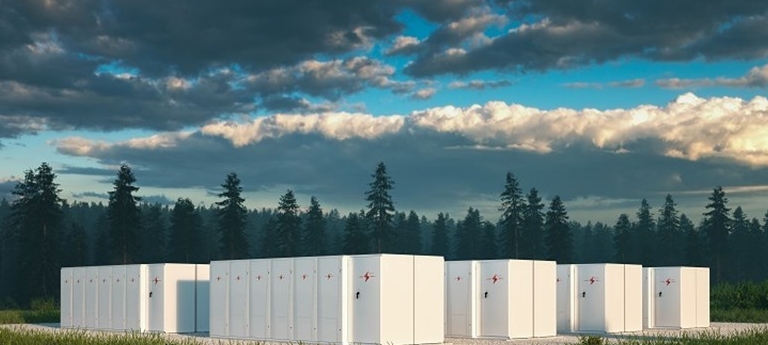The authors, Charlie Bloch, James Newcomb, Samhita Shiledar and Madeline Tyson have made forecasts for 7 battery technologies: the current leader Li-ion as well as Li-Metal, Li-Sulphur, Zinc, High Temperature, Flow, and High Power. Combined, they will impact the entire market, from virtually all types of e-mobility through to long duration grid storage, say the authors in this article. But they end by warning that these cost declines alone won’t be enough to meet climate targets. For that to happen infrastructure still needs to be built and markets created – everywhere – for everything from EV fast-charging to renewable-fed electric grids. And for that to happen investors, regulators, and policymakers need to move as fast as battery technology is.
The age of affordable battery technology is coming faster than experts previously thought possible. Thanks to massive investment, rapid performance improvements, and falling prices, breakthrough battery technologies are poised to revolutionise the way we power our lives and organise energy systems as early as 2030.
In the first half of 2019 alone, investors poured more than $1.4 billion into battery technology companies, bringing the reality of a global energy transition closer than ever. The manufacturing sector’s roughly $150 billion investment—combined with previous investments and those planned through 2023—is paving the way for renewables and electric vehicles (EVs) to revolutionise our energy system and play a vital role in addressing the climate crisis.
